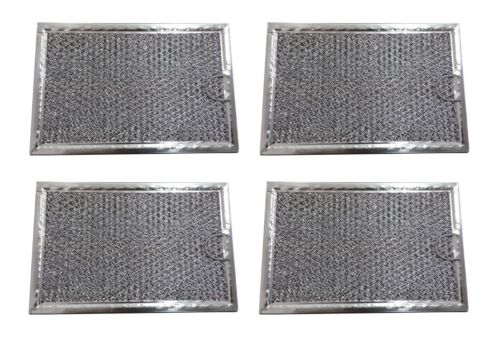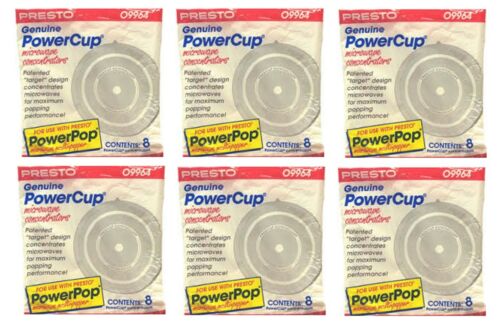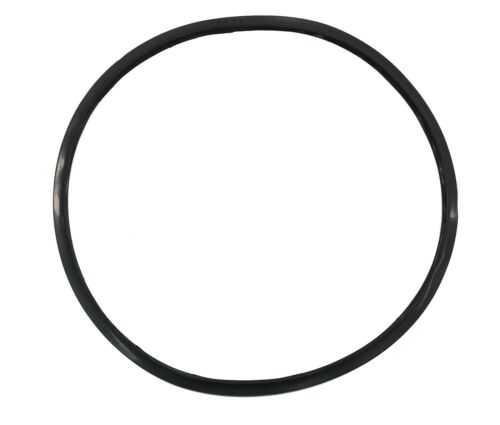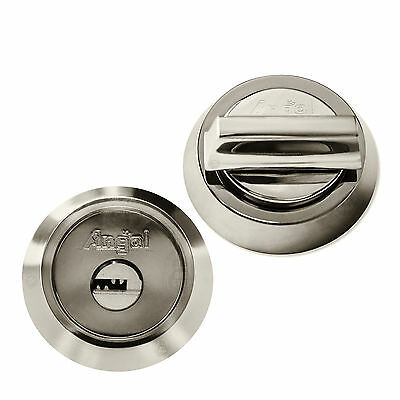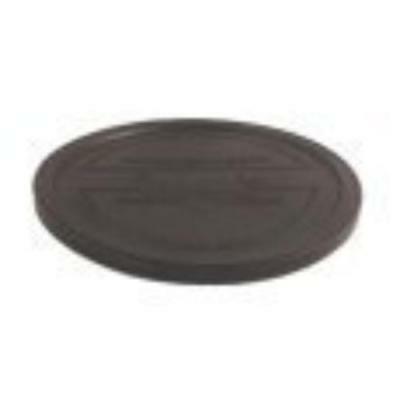-40%
VIOLA ODORATA - QUEEN CHARLOTTE (200 SEEDS) PERENNIAL FLOWER
$ 3.42
- Description
- Size Guide
Description
VIOLA ODORATA - QUEEN CHARLOTTE (200 SEEDS) PERENNIAL FLOWERThe legendary fragrant sweet violet: Viola odorata is often referred to as 'The King of Violets'.
Widely naturalised it originated in Western Europe. It has a beautiful fragrance and also several herbal uses.
It features dark green, heart shaped mid-dark green leaves and very fragrant, short spurred flowers which are dark - purpleish blue. The sweet-scented flowers appear at the end of February and are finished blooming by the end of April.
Viola odorata can take full sun near the coast and in cool summer areas but absolutely thrives in the shade. An excellent wild/woodland garden plant, it can be found near the edges of forests or in clearings.
Violas are very easy to grow, tolerant of most soil types. They are perfect for partial shade and once established multiply extremely quickly. They serve a multitude of uses: as a groundcover under shrubs or trees, in borders and rockery, in baskets, containers and tubs.
Sowing: Sow in late summer/autumn and late winter/late spring.
Keep seeds chilled until you are ready to sow. Do not sow with high temperatures.
Spring sowings will give flowers during early summer, whilst summer and autumn sowings will bloom the following winter or spring.
Sowing in Autumn:
Make a mixture of compost and approx 10% sand, to give a little drainage. Sieve the compost into pots or cell packs and press it down lightly. Add a little more compost if necessary. Make a small indentation with your finger and pop the seeds into it. Cover lightly with more sieved soil.
Place the containers in a cold greenhouse, outside in a cold frame or plunge them up to the rims in a shady part of the garden border and cover with glass or clear plastic.
Some of the seeds may germinate during the spring and summer and these should be transplanted when large enough to handle. The remainder of the seeds may lay dormant until next spring.
Sowing in Spring:
Seeds can be left to go through the seasons naturally as above, or, if planting at any other time of year, germination can be hastened by ‘stratifying’ (imitating the seasons)
Sow seeds as above and leave for 2 to 4 weeks. Transplant any seedlings that may have germinated. Then chill the remaining seeds: put the tray into the refrigerator at -4°C to +4°C (24-39°F), or somewhere with a similar temperature for 6 to 8 weeks. Then remove to around 10°C (50°F)
The normal temperature of a fridge is 4°C (very useful!). Don’t put the seeds into the freezer, it will kill them.
Cultivation:
When seedlings have their first pair of true leaves and are large enough to handle, transplant into 7.5cm (3in) pots. Pot on year-old seedlings and grow on in well ventilated conditions for another year before planting outside permanently.
Viola are best grown in a position with full sun to light shade. They are ideal for growing in the dappled shade of deciduous trees thus allowing full winter and spring sunshine. They like well-drained, fairly rich soil, so work in a spadeful or two of compost at planting time for best results. Plant the seedlings outside in spring, 10 to 20cm (4 to 8in) apart and water moderately until established.
Viola love cool conditions, and although they don't need huge amounts of water they may need to receive extra moisture in dry weather. Violas have few pests and diseases, but in summer heat, Red Spider Mite is liable to attack if they are allowed to get parched. Spraying with a hose is helpful.
Remove spent flowers to prolong the flowering season. If the plants are cut back after flowering they will flower again in late summer. Occasional feeding with liquid manure and even a top dressing of blood or bone is helpful for good blooms.
Mulch annually with leaf mould to help prevent the tubers from drying out in the summer and from winter cold.
Division:
Divide plants in the autumn or just after flowering. Larger divisions can be planted out direct into their permanent positions, though it is best to pot up smaller divisions and grow them on in light shade in a greenhouse or cold frame until they are established. Plant them out in the summer or the following spring.
Plant Uses:
Cottage/Informal Garden, Flowers Borders and Beds, Alpine & Rockeries, Under-planting roses and shrubs, Containers, pots & hanging baskets. Flower arrangements. Edible Flowers.
Violas can be slipped into almost any gaps where you need a little brightness. Choose appropriate colours to tuck around dwarf shrubs and conifers, hellebores and bergenias. They also make splendid companions for the shorter bulbs, create instantly colourful containers by choosing pots of dwarf tulips or small-flowered daffodils and match them with violas or pansies in just the right shades.
Cut Flowers:
The prolific blooms of violas and pansies offer a welcome splash of colour, but many gardeners don’t think of using them as cut flowers. These delicate flowers work best in small bottles and vases. And when you bring them into the warmth of your house you’ll notice, perhaps for the first time, their sweet fragrance.
Fresh seeds are packed in ziplock bags!
After payment has been received, the item will be shipped within 2 working days. Usually it takes 1-3 weeks for delivery, depends on the location. Some location may take longer.
If you have any problems please contact us directly and we will be delighted to help. Your success is our success.





